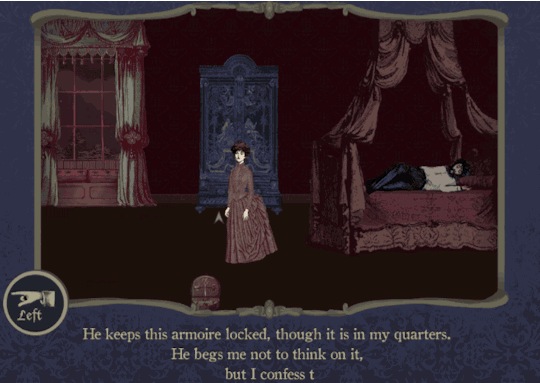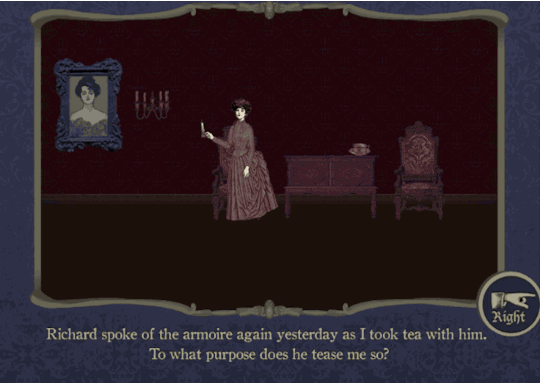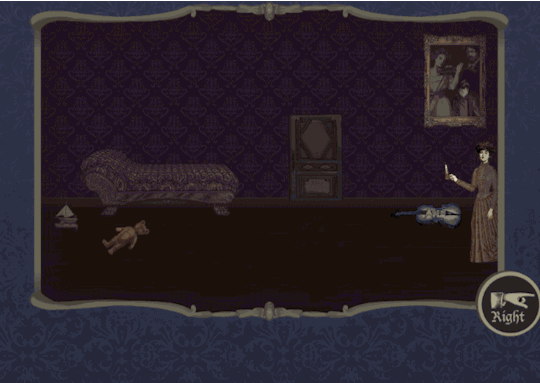Don't wanna be here? Send us removal request.
Link
25 notes
·
View notes
Link
3 notes
·
View notes
Link
In Victorian Britain an array of writers captured the excitement of new scientific discoveries, and enticed young readers and listeners into learning their secrets, by converting introductory explanations into quirky, charming, and imaginative fairy-tales; forces could be fairies, dinosaurs could be dragons, and looking closely at a drop of water revealed a soup of monsters. Science in Wonderland explores how these stories were presented and read. Melanie Keene introduces and analyses a range of Victorian scientific fairy-tales, from nursery classics such as The Water-Babies to the little-known Wonderland of Evolution, or the story of insect lecturer Fairy Know-a-Bit. In exploring the ways in which authors and translators - from Hans Christian Andersen and Edith Nesbit to the pseudonymous 'A.L.O.E.' and 'Acheta Domestica' - reconciled the differing demands of factual accuracy and fantastical narratives, Keene asks why the fairies and their tales were chosen as an appropriate new form for capturing and presenting scientific and technological knowledge to young audiences. Such stories, she argues, were an important way in which authors and audiences criticised, communicated, and celebrated contemporary scientific ideas, practices, and objects.
6 notes
·
View notes
Link
"A thousand years before Isaac Asimov set down his Three Laws of Robotics, real and imagined automata appeared in European courts, liturgies, and literary texts. Medieval robots took such forms as talking statues, mechanical animals, and silent metal guardians; some served to entertain or instruct while others performed disciplinary or surveillance functions. Variously ascribed to artisanal genius, inexplicable cosmic forces, or demonic powers, these marvelous fabrications raised fundamental questions about knowledge, nature, and divine purpose in the Middle Ages.
Medieval Robots recovers the forgotten history of fantastical, aspirational, and terrifying machines that captivated Europe in imagination and reality between the ninth and fourteenth centuries. E. R. Truitt traces the different forms of self-moving or self-sustaining manufactured objects from their earliest appearances in the Latin West through centuries of mechanical and literary invention. Chronicled in romances and song as well as histories and encyclopedias, medieval automata were powerful cultural objects that probed the limits of natural philosophy, illuminated and challenged definitions of life and death, and epitomized the transformative and threatening potential of foreign knowledge and culture. This original and wide-ranging study reveals the convergence of science, technology, and imagination in medieval culture and demonstrates the striking similarities between medieval and modern robotic and cybernetic visions."
0 notes
Link
3 notes
·
View notes
Link
How does this work? First, you need to understand the cosmic microwave background, or CMB—the oldest light in the cosmos. Essentially, it’s a steady, persistent background radiation filling the universe, left over from the Big Bang. (It’s believed to be the vestigial result of recombination, the moment when neutrons and electrons first combined to create hydrogen.)
After mapping and analyzing the CMB using data from the European Space Agency’s Planck telescope, Ranga-Ram Chary, a cosmologist at the California Institute of Technology, thinks that he’s spotted a telling inconsistency in the pattern: a blob of light that’s about 4,500 times brighter than it should be, based on our existing understanding of the early universe. As Phys.org explains it, the blob’s signature is “more consistent with a universe whose ratio of matter particles to photons is about 65x greater than our own.”
1 note
·
View note
Photo



The Armoire is a tense and creepy gothic point and click adventure adapted from a medieval French folktale called Barbe Bleue (but with a more empowered version of the female lead), in which you play a newlywed bride who starts exploring her husbands mansion while he sleeps one night.
Play The Full Game, Free (Win & Mac)
8K notes
·
View notes
Link
1 note
·
View note
Link
The author may have benefited from citing the difference between psychical researchers and spiritualists, who were not quite as closely connected to struggles over women's rights as were spiritualists themselves, but overall a valuable series of associations.
"In their History of Women’s Suffrage, Elizabeth Cady Stanton and Susan B. Anthony single out Spiritualism as 'The only religious sect in the world…that has recognized the equality of woman.'"
1 note
·
View note
Link
3 notes
·
View notes
Link
0 notes
Link
Research on the psychology of ritual suffering has the potential to reveal valuable insights on human behavior that go far beyond religious rituals. From military drills to extreme sports and from fraternity ordeals to gang initiations, this research might shed more light on some of the ways in which human beings around the world find meaning, forge bonds, and build communities.
3 notes
·
View notes
Link
#magic#witchcraft in the middle ages#hallucinogens#Magical Medicines#History#history of medicine#Angelika Börsch-Haubold#Witches#Witchcraft
3 notes
·
View notes
Link
"Peasants resisting feudalism sometimes turned to this tradition of magic and spirit worship for aid against their oppressors. For instance, Emma Wilby’s The Visions of Isobel Gowdie documents how folk beliefs about fairy kings and the malevolent dead were used by magic practitioners in 17th century Scotland to curse feudal landowners.
During the time of the enclosures, rebels in Ireland described themselves as followers of the fairy queen Sadhbh, angered by the enclosure of the commons. There are a number of similar accounts from other areas, showing that folk magical and religious practices were not merely “the opium of the people” but could be invoked to inspire struggles against oppression."
44 notes
·
View notes